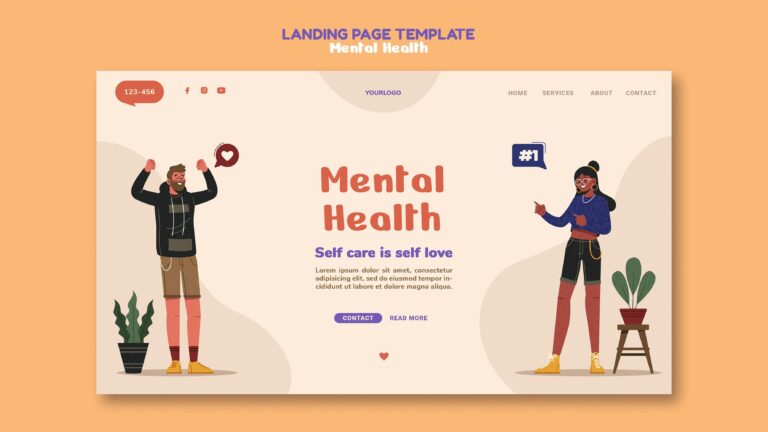The Important Facts You Should Know About Suicide
Information in this article may be a trigger to some people. If you have suicidal thoughts, contact the nearest support centre for support and assistance from a trained counsellor or psychologist. If you or a loved one are in immediate danger.
While suicide is a deeply complex and sensitive topic, raising awareness and promoting understanding surrounding mental health is important. Here are some general and important facts about suicide:
- Suicide is a global issue that affects people of all ages, genders, and backgrounds. It is estimated that close to 800,000 people die by suicide each year, making it one of the leading causes of death worldwide (SAVE 2023).
- The emergency intervention is to call a helpline, call a mental health professional or visit a nearby mental health care facility
- Some of the treatments/interventions are: medication, psychotherapy, group therapy, family and social support.
- According to Deputy Director, of Medical Social Services, Lagos University Teaching Hospital, LUTH, Nigeria has one of the highest suicide rates in Africa (Wikipedia, 2023).
- The Nigerian government has banned Sniper, an insecticide commonly used for suicides by the majority of Nigerians.
- According to SAVE (2023), Suicide is the 11th leading cause of death in the U.S.
- Suicidal thoughts, ideation and attempts are indications of mental health problems such as PTSD, specific Personality Disorders, or Mood Disorders.
- Life events such as traumatic events, painful experiences or chronic illnesses can trigger suicidal thoughts and actions. For instance, losing one’s job, long-standing unemployment, divorce or heartbreak in one’s relationship, loss of a loved one, cancer and failing a major examination, among others.
- Suicide is the 2nd leading cause of death in the world for those aged 15-24 years. One alarming aspect of suicide is its frequency among young people, (Norman W., 2023)
- Depression is the leading cause of disability worldwide.
- Suicide is often associated with mental health conditions such as depression, anxiety, hormonal imbalances (e.g. serotonin deficiency), brain defects, bipolar disorder, impulsivity problems and substance abuse.
- A trait deficiency in serotonin input to the anterior cingulate and ventromedial prefrontal cortex is found in association with suicide, and more recently non-fatal suicidal behaviour, and is linked to decision-making and suicide intent by imaging and related studies in vivo (John M. 2013)
- To help diagnose suicide and to select the appropriate treatment, the health care professionals conduct a physical examination, psychological tests, and in-depth clinical interviews about mental and physical health will be conducted.
- Not everyone who dies by suicide has a diagnosed mental health condition which often is due to poor mental health care services in a community, low awareness or failure to seek help by the victim.
- Suicide has significant physical, psychological, social and economic implications
- Recognizing warning signs can help identify individuals who may be at risk and help to promptly seek help. These signs can include talking about wanting to die or feeling hopeless, poor hygiene, talking about death, withdrawing from social activities, giving away belongings, changes in behaviour or appearance, and expressing feelings of being a burden to others.
- A new global study published in BMC Psychiatry reports that 34% of people with premenstrual dysphoric disorder have attempted suicide.
- Some women experience suicidal ideation during their premenstrual syndrome.
- According to Durkheim, a renowned sociologist, people who commit suicide have underlying psychological conditions that often cause a decline in their sense of belonging and social integration. They feel out of place. This is a reason we must never judge people who exhibit signs of suicide.
- Social as well as psychological or emotional variables may contribute to suicidal behaviour.
- The University of Lagos Teaching Hospital (LUTH) some years ago established the suicide research and prevention initiative and staff emotional care services (SURPIN/SECS) in response to the increasing spate of suicide in the country (Business Day, 2023)
- According to WHO research, suicide accounts for approximately one million deaths annually, with 20 to 25 more individuals attempting it for every suicide that does occur.
- The stigma surrounding mental health and suicide can prevent individuals from seeking help. Societal attitudes and lack of understanding often contribute to silence and a reluctance to discuss these issues openly.
- Suicide rates can vary across different age groups and genders. For example, older adults and adolescents are considered higher-risk groups. Additionally, while women are more likely to attempt suicide, men are more likely to die by suicide due to the means (e.g guns) used.
- Just as there are risk factors for suicide, there are also protective factors that can mitigate the risk. These include access to mental healthcare, robust support systems, self-care prioritization, proactive behaviours, problem-solving skills, positive coping mechanisms, and a sense of belonging. All of these can help to boost hormones relevant to mood and overall mental well-being.
- Prevention efforts aim to reduce the incidence of suicide and provide support to individuals at risk. This includes promoting mental health awareness, implementing suicide prevention programs in schools and communities, and ensuring access to mental healthcare services.
- Postvention refers to the support provided to individuals affected by a suicide loss. This includes family members, friends, and communities impacted by the death. Postvention focuses on providing resources, counselling, and promoting healing and resilience.
- Media portrayal of suicide can have an impact on vulnerable individuals. Responsible reporting guidelines emphasize avoiding sensationalizing or glamorizing suicide, as well as providing resources for help.
- Governments, organizations, and communities around the world are working to address suicide prevention. Initiatives include awareness campaigns, helplines, free services, quality mental health services, and research to better understand the underlying factors.
- Remember, discussing suicide should always be done with sensitivity and respect. If you or someone you know is in crisis or struggling with suicidal thoughts, it is essential to reach out to a mental health professional or a helpline specific to your country for immediate assistance.








